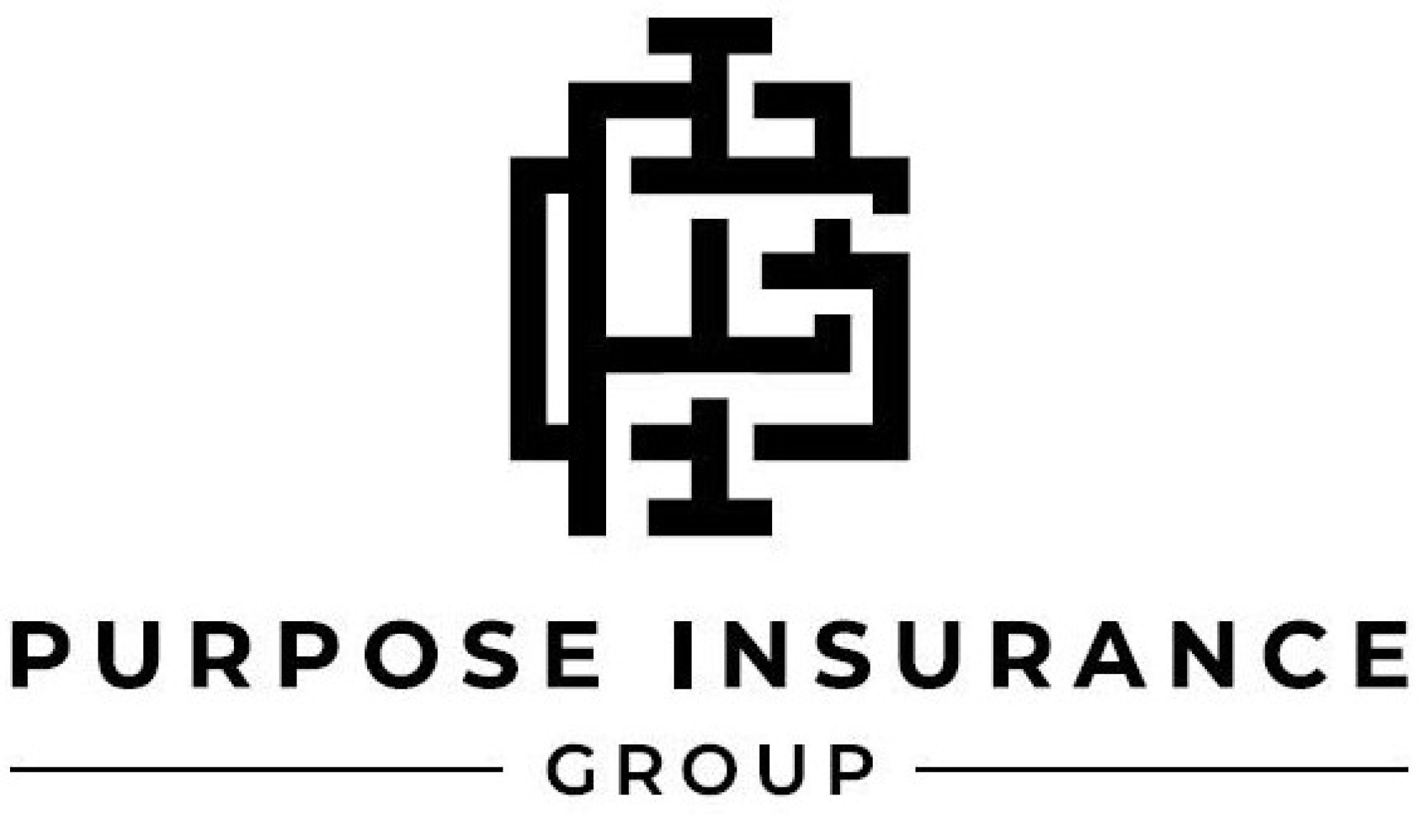Pacific Prime - An Overview
Pacific Prime - An Overview
Blog Article
Fascination About Pacific Prime
Table of ContentsThe Greatest Guide To Pacific Prime5 Easy Facts About Pacific Prime DescribedMore About Pacific PrimePacific Prime Can Be Fun For Anyone
In many states, the insurer is required to send you a copy of the changes to your policy. It is necessary that you read Endorsements or Bikers so you comprehend exactly how your plan has changed and if the policy is still adequate to fulfill your demands. To get a duplicate of your insurance plan, please contact your insurance representative or firm.
The Institute of Medication (IOM) Board on the Effects of Uninsurance launches a prolonged exam of proof that addresses the value of medical insurance coverage with the publication of this report. Insurance coverage Issues is the very first in a series of six reports that will be released over the following two years recording the truth and repercussions of having an approximated 40 million people in the USA without medical insurance coverage.

Top Guidelines Of Pacific Prime
The goal of this series of researches is to refocus policy focus on a longstanding trouble. Following the lengthiest economic development in American background, in 1999, an estimated one out of every six Americans32 million grownups under the age of 65 and more than 10 million childrenremains without insurance (Mills, 2000).

Ten percent of the populace accounts for 70 percent of health and wellness treatment expenditures, a correlation that has actually remained constant over the past 3 years (Berk and Monheit, 2001) - international travel insurance. Thus medical insurance remains to serve the feature of spreading out threat even as it increasingly finances regular treatment. From the viewpoint of healthcare companies, insurance coverage brought by their individuals helps protect an income stream, and neighborhoods take advantage of economically feasible and steady healthcare specialists and organizations
Government offers health and wellness insurance to populaces whom the exclusive market might not offer successfully, such as impaired and seniors, and populaces whose accessibility to healthcare is socially valued, such as youngsters and pregnant ladies. The supreme ends of medical insurance protection for the individual and areas, consisting of work environment areas of staff members and employers, are improved health outcomes and quality of life.
Some Known Factual Statements About Pacific Prime
Workers place medical insurance first by much in value among all the benefits used in the workplace (Salisbury, 2001). There have been substantial investments of individual and public funds to provide wellness insurance, many people still have no coverage. Despite substantial reporting of survey findings and health treatment research study results, the public continues to be confused and misinformed about Americans without health and wellness insurance and the ramifications of doing not have coverage.

Without doubt, the intricacy of American healthcare financing systems and the riches of resources of details add to the public's complication and suspicion regarding medical insurance data and their analysis. This report and those that will comply with objective to distill and provide in easily easy to understand terms the considerable research study that births on questions of medical insurance coverage and its importance.
Fifty-seven percent of Americans surveyed in 1999 believed that those without medical insurance are "able to get the treatment they require from doctors and hospitals" (Blendon et al., 1999, p. 207). In 1993, when nationwide attention was focused on the troubles of the uninsured and on pending healthcare legislation, just 43 percent of those polled held this idea (Blendon et al., 1999).

They also obtain less precautionary services and are less likely to have normal care for persistent problems such as hypertension and diabetic issues. Chronic diseases can bring about costly and disabling problems if they are not well taken care of (Lurie et al., 1984; Lurie et al., 1986; Ayanian et al., 2000). One nationwide study asked greater than 3,400 grownups concerning 15 very severe or morbid conditions.
Pacific Prime - Truths
Extra proof is presented later on in this phase in the discussion of insurance policy and access to wellness care. http://dugoutmugs01.unblog.fr/2024/04/02/pacific-prime-your-partner-for-comprehensive-insurance-solutions/. People without medical insurance are young and healthy and pick to go without coverage. visit here Virtually half (43 percent) of those surveyed in 2000 thought that people without medical insurance are more probable to have health issues than people with insurance policy
Voters and policy manufacturers in focus group conversations characterize those without insurance coverage as young people who have the possibility to be covered and feel they do not need it (Doorperson Novelli, 2001). Contrasted to those with at least some personal coverage, the uninsured are much less likely to report remaining in exceptional or excellent health (Company for Healthcare Research and Top Quality, 2001).
SOURCE: Facility for Cost and Funding Researches, Agency for Health Care Study and Quality, based on MEPS information. Young adults in between 19 and 34 are much much more most likely to do not have health insurance policy than any other age team. This is chiefly because they are much less typically qualified for employment-based insurance because of the nature of their job or their brief period in it.
The assumption that individuals without insurance have better-than-average health and wellness follows from perplexing the reasonably young age account of the uninsured with the better health and wellness, typically, of more youthful individuals. This covers the link between health and wellness standing and health and wellness insurance policy. For those without access to workplace health insurance coverage, bad wellness is a potential barrier to purchasing nongroup protection since such protection might be very valued, exclude pre-existing problems, or be simply unavailable.
Report this page